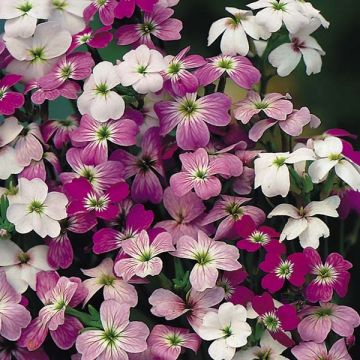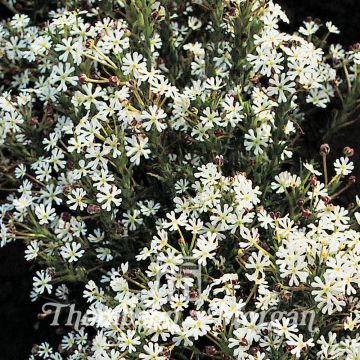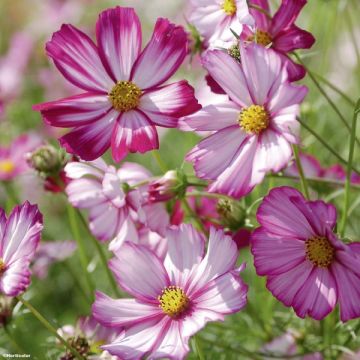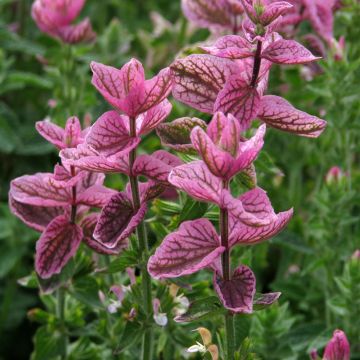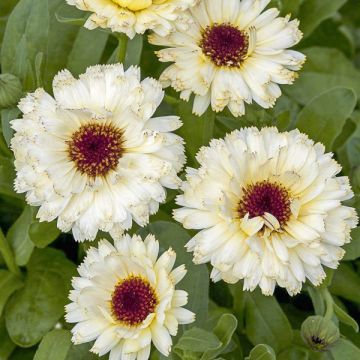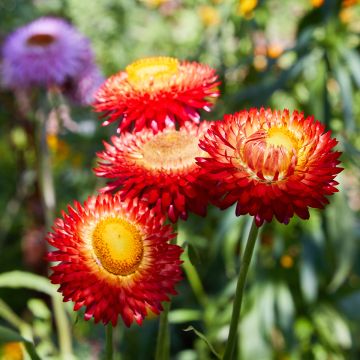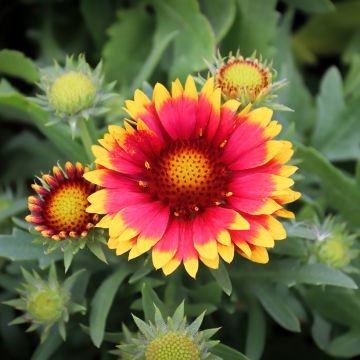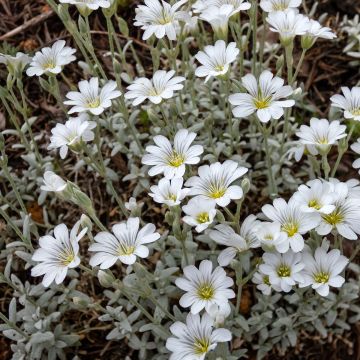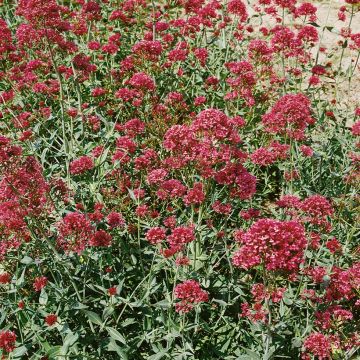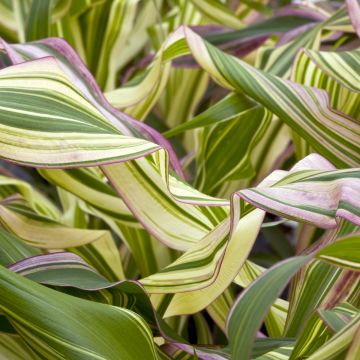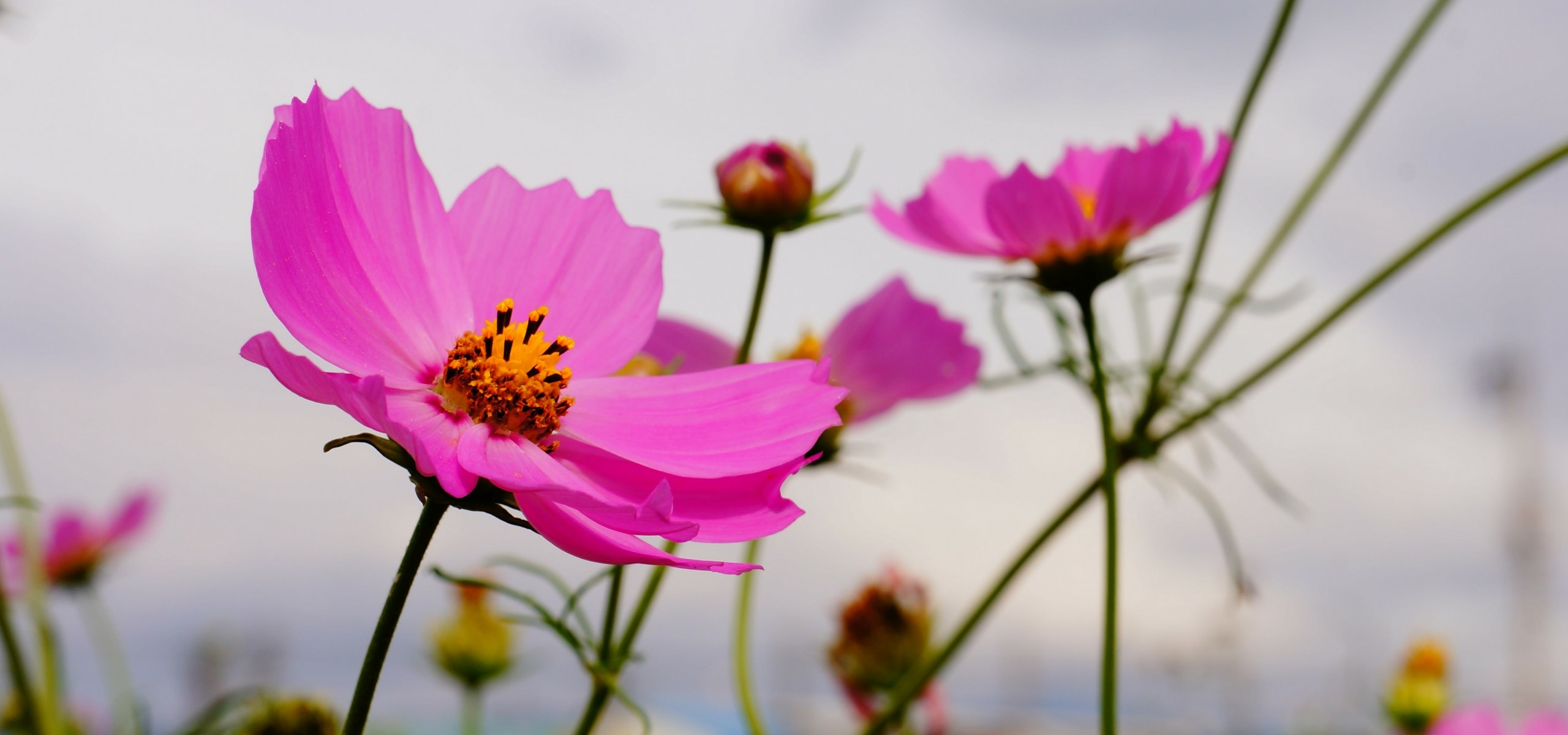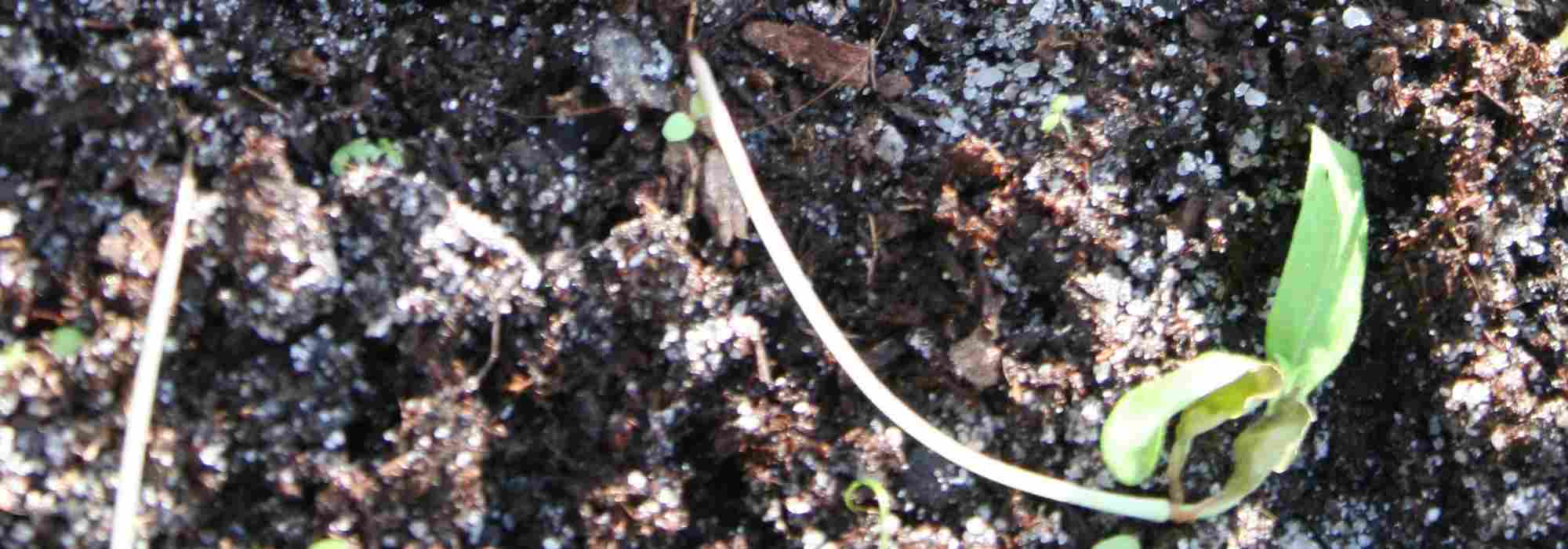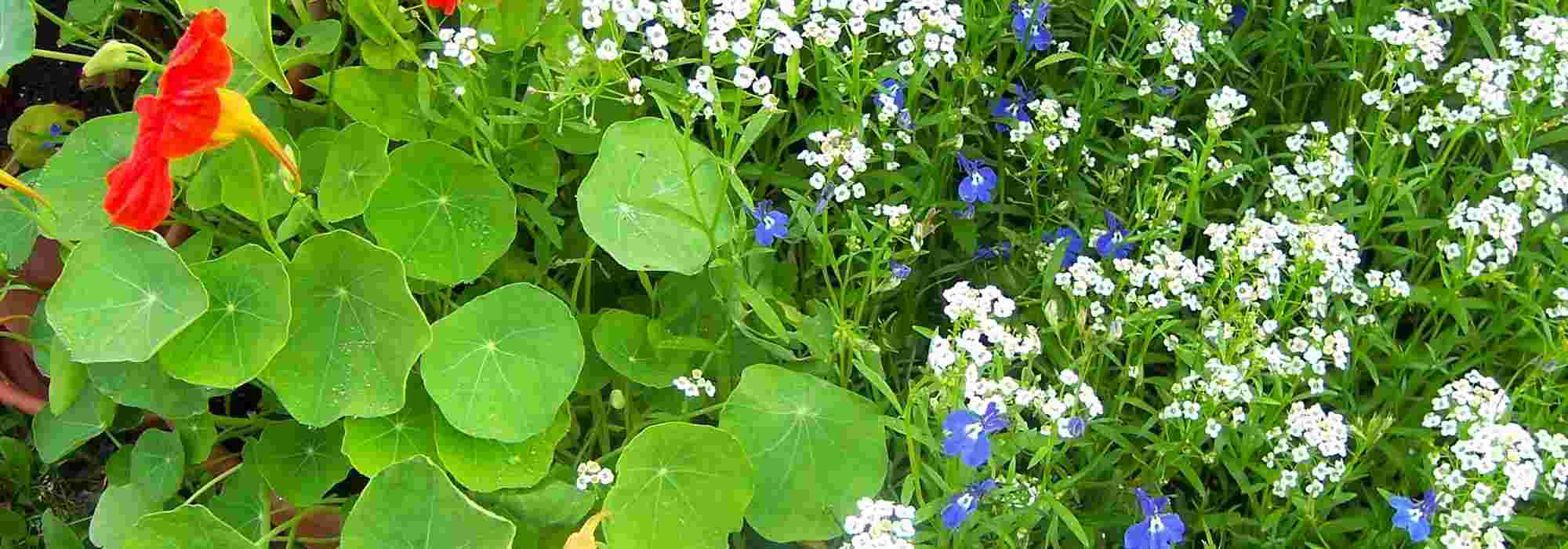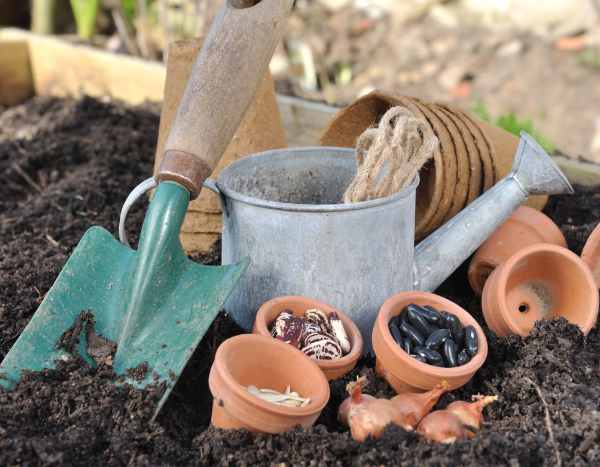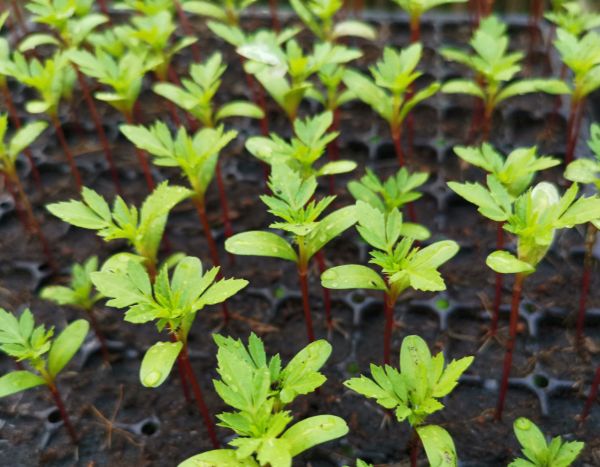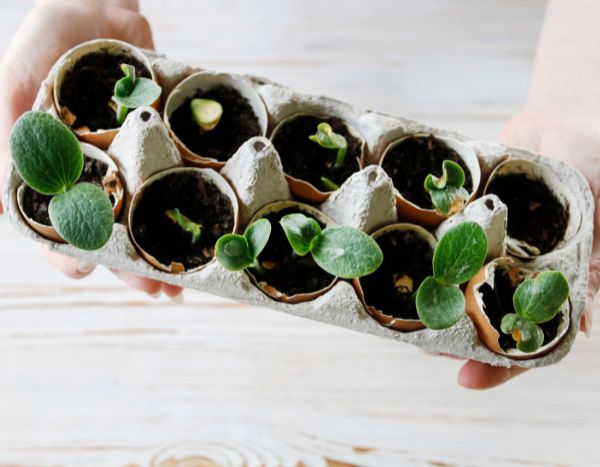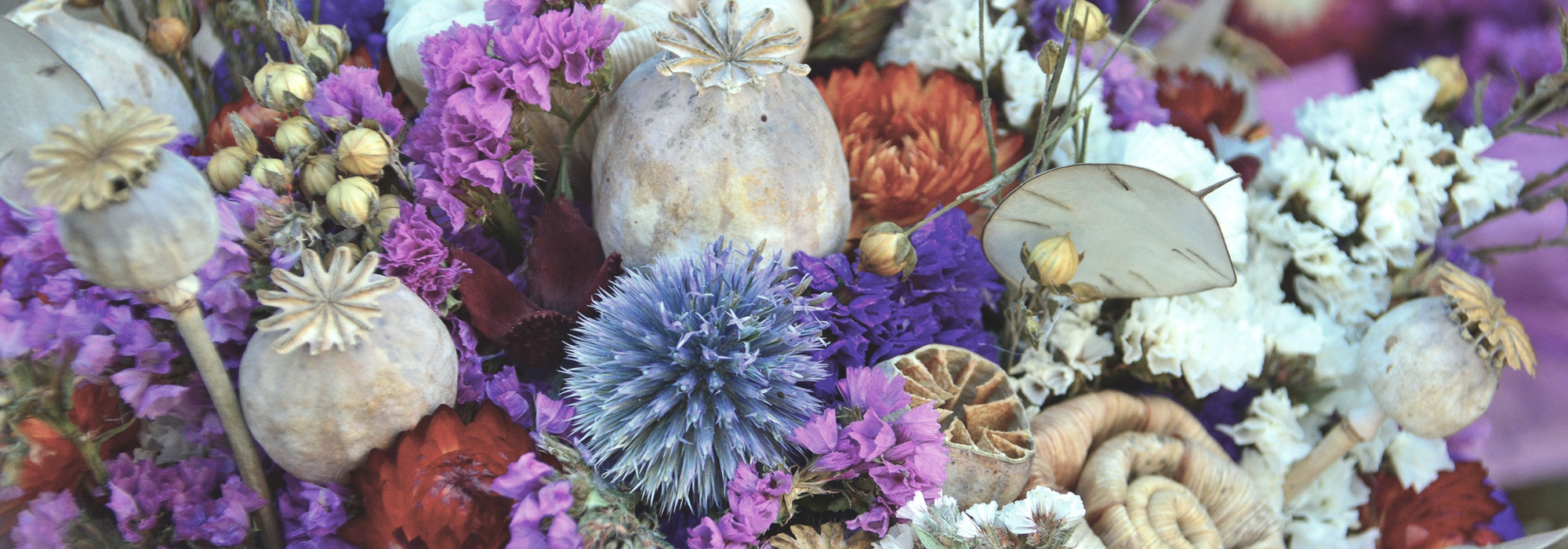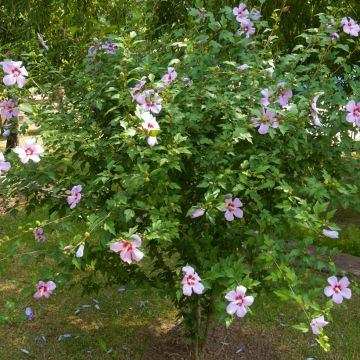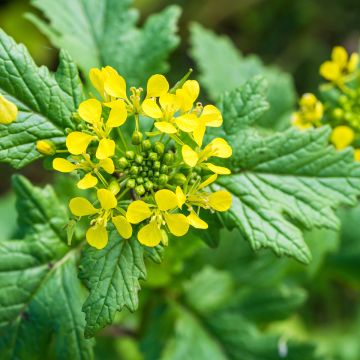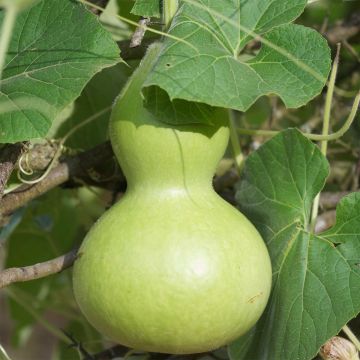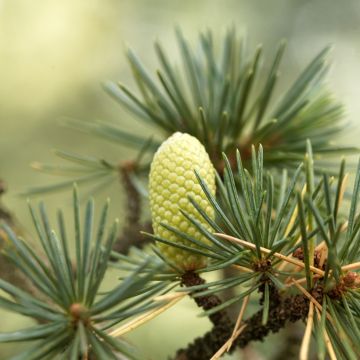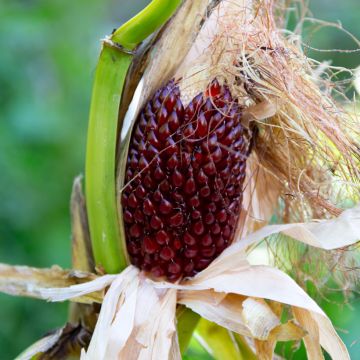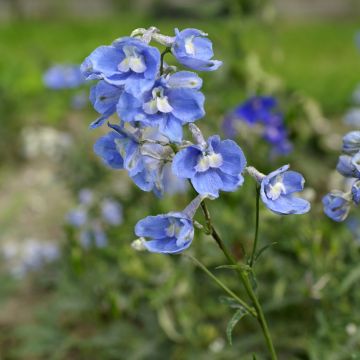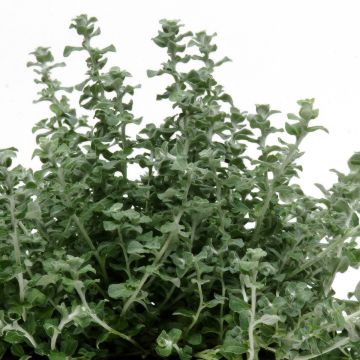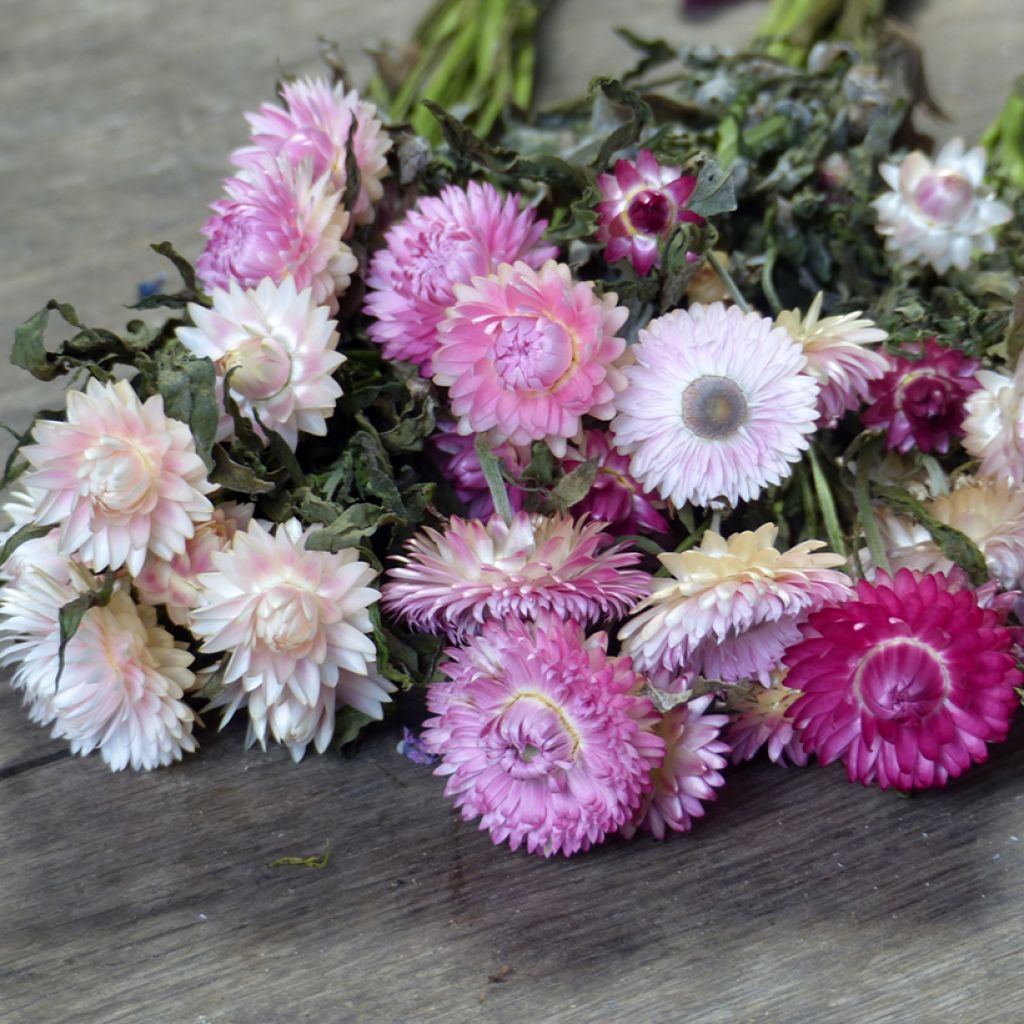

Strawflower Camargue seeds - Xerochrysum bracteatum
Strawflower Camargue seeds - Xerochrysum bracteatum
Xerochrysum bracteatum Camargue
Golden everlasting, Strawflower
Special offer!
Receive a €20 voucher for any order over €90 (excluding delivery costs, credit notes, and plastic-free options)!
1- Add your favorite plants to your cart.
2- Once you have reached €90, confirm your order (you can even choose the delivery date!).
3- As soon as your order is shipped, you will receive an email containing your voucher code, valid for 3 months (90 days).
Your voucher is unique and can only be used once, for any order with a minimum value of €20, excluding delivery costs.
Can be combined with other current offers, non-divisible and non-refundable.
Home or relay delivery (depending on size and destination)
Schedule delivery date,
and select date in basket
This plant carries a 6 months recovery warranty
More information
We guarantee the quality of our plants for a full growing cycle, and will replace at our expense any plant that fails to recover under normal climatic and planting conditions.
Would this plant suit my garden?
Set up your Plantfit profile →
Description
The mix of Everlasting flowers 'Camargue' offers flowers in shades ranging from pale pink to dark pink. These flowers composed of pearly bracts with a papery texture are irreplaceable in dried bouquets. Sow Helichrysum bracteatum in spring and it blooms all summer. It is a drought-tolerant, sun-loving plant. It fits well in flower beds, borders, or vegetable gardens. Everlasting flowers can be sown under cover in March-April, or in April-May directly in the ground.
Xerochrysum bracteatum, a tender perennial herbaceous plant of the Asteraceae family, is native to Australia. It is often grown as an annual in our climates due to its sensitivity to frost. Also known as bract immortelle, it is sometimes called Helichrysum bracteatum or Bracteantha bracteata. The 'Camargue' selection offers, between July and October, flowers about 4 cm in diameter, in a delightful range of pink tones. The colourful bracts retain their brightness for years. To harvest them, cut them before they fully open, then hang them upside down in a dry, dark place to dry. After removing the leaves, you can create beautiful dried flower bouquets.
'Camargue' have a bushy habit, reaching between 60 and 80 cm in height. Their stems are erect, branched, and slightly hairy. These relatively rigid stems allow the plant to stand upright. The lanceolate, narrow leaves measure between 5 and 10 cm in length. They are dark green, with a slightly rough texture. It is the flowers that give Xerochrysum bracteatum its reputation. They are heads, composed of numerous small fertile yellow flowers in the centre, surrounded by colourful bracts. These bracts, resembling petals, are thin, stiff, and shiny, like paper, allowing the flowers to retain their beauty even after drying. Xerochrysum bracteatum has a shallow root system, making it sensitive to prolonged dry periods. However, it tolerates poor soils as long as they are well-drained.
Sow 'Camargue' in the vegetable garden with other cut flowers, in a flower bed or a well-exposed border, in any well-drained soil. Mix them with other flowers for drying, including 'Forever Mix' Statice, Gypsophila 'Bristol Fairy' forming a white cloud, and the globe amaranth 'Qis Formula Mix' with small round pompoms in purple, pink, or white.
Report an error about the product description
Flowering
Foliage
Plant habit
Botanical data
Xerochrysum
bracteatum
Camargue
Asteraceae
Golden everlasting, Strawflower
Xerochrysum bracteatum, Elichrysum bracteatum, Helichrysum monstrosum, Helichrysum bracteatum, Xeranthemum bracteatum, Bracteantha bracteata
Cultivar or hybrid
Other Flower seeds A to Z
View all →Planting and care
Everlasting flowers 'Camargue' are sown in March-April, under a frame and in place or in a tray indoors. The ideal germination temperature is 18 to 20 °C. Sow your seeds in a mix of garden soil and compost. Germination can take between 15 and 20 days. Once the seedlings are strong enough, transplant them into a pot and plant them in the garden once the risk of frost has passed, maintaining a spacing of 35 to 40 cm.
You can also sow directly in place in April or May, once the soil has warmed up enough and the frosts have passed. Thin out your seedlings to keep only the most developed plants and maintain a distance of about 40 cm between each plant.
Pinch the young plants to encourage branching and remove faded flowers as they appear.
Helichrysum bracteatum appreciate warmth and sunny, even slightly shaded, exposures. They thrive best in rich, neutral, light, and well-draining soil. They tolerate drought, although regular watering during flowering, helps to obtain more developed plants. They also tolerate poor soils or even partial shade, but are less floriferous.
Sowing period
Intended location
Planting & care advice
This item has not been reviewed yet - be the first to leave a review about it.
Similar products
Haven't found what you were looking for?
Hardiness is the lowest winter temperature a plant can endure without suffering serious damage or even dying. However, hardiness is affected by location (a sheltered area, such as a patio), protection (winter cover) and soil type (hardiness is improved by well-drained soil).

Photo Sharing Terms & Conditions
In order to encourage gardeners to interact and share their experiences, Promesse de fleurs offers various media enabling content to be uploaded onto its Site - in particular via the ‘Photo sharing’ module.
The User agrees to refrain from:
- Posting any content that is illegal, prejudicial, insulting, racist, inciteful to hatred, revisionist, contrary to public decency, that infringes on privacy or on the privacy rights of third parties, in particular the publicity rights of persons and goods, intellectual property rights, or the right to privacy.
- Submitting content on behalf of a third party;
- Impersonate the identity of a third party and/or publish any personal information about a third party;
In general, the User undertakes to refrain from any unethical behaviour.
All Content (in particular text, comments, files, images, photos, videos, creative works, etc.), which may be subject to property or intellectual property rights, image or other private rights, shall remain the property of the User, subject to the limited rights granted by the terms of the licence granted by Promesse de fleurs as stated below. Users are at liberty to publish or not to publish such Content on the Site, notably via the ‘Photo Sharing’ facility, and accept that this Content shall be made public and freely accessible, notably on the Internet.
Users further acknowledge, undertake to have ,and guarantee that they hold all necessary rights and permissions to publish such material on the Site, in particular with regard to the legislation in force pertaining to any privacy, property, intellectual property, image, or contractual rights, or rights of any other nature. By publishing such Content on the Site, Users acknowledge accepting full liability as publishers of the Content within the meaning of the law, and grant Promesse de fleurs, free of charge, an inclusive, worldwide licence for the said Content for the entire duration of its publication, including all reproduction, representation, up/downloading, displaying, performing, transmission, and storage rights.
Users also grant permission for their name to be linked to the Content and accept that this link may not always be made available.
By engaging in posting material, Users consent to their Content becoming automatically accessible on the Internet, in particular on other sites and/or blogs and/or web pages of the Promesse de fleurs site, including in particular social pages and the Promesse de fleurs catalogue.
Users may secure the removal of entrusted content free of charge by issuing a simple request via our contact form.
The flowering period indicated on our website applies to countries and regions located in USDA zone 8 (France, the United Kingdom, Ireland, the Netherlands, etc.)
It will vary according to where you live:
- In zones 9 to 10 (Italy, Spain, Greece, etc.), flowering will occur about 2 to 4 weeks earlier.
- In zones 6 to 7 (Germany, Poland, Slovenia, and lower mountainous regions), flowering will be delayed by 2 to 3 weeks.
- In zone 5 (Central Europe, Scandinavia), blooming will be delayed by 3 to 5 weeks.
In temperate climates, pruning of spring-flowering shrubs (forsythia, spireas, etc.) should be done just after flowering.
Pruning of summer-flowering shrubs (Indian Lilac, Perovskia, etc.) can be done in winter or spring.
In cold regions as well as with frost-sensitive plants, avoid pruning too early when severe frosts may still occur.
The planting period indicated on our website applies to countries and regions located in USDA zone 8 (France, United Kingdom, Ireland, Netherlands).
It will vary according to where you live:
- In Mediterranean zones (Marseille, Madrid, Milan, etc.), autumn and winter are the best planting periods.
- In continental zones (Strasbourg, Munich, Vienna, etc.), delay planting by 2 to 3 weeks in spring and bring it forward by 2 to 4 weeks in autumn.
- In mountainous regions (the Alps, Pyrenees, Carpathians, etc.), it is best to plant in late spring (May-June) or late summer (August-September).
The harvesting period indicated on our website applies to countries and regions in USDA zone 8 (France, England, Ireland, the Netherlands).
In colder areas (Scandinavia, Poland, Austria...) fruit and vegetable harvests are likely to be delayed by 3-4 weeks.
In warmer areas (Italy, Spain, Greece, etc.), harvesting will probably take place earlier, depending on weather conditions.
The sowing periods indicated on our website apply to countries and regions within USDA Zone 8 (France, UK, Ireland, Netherlands).
In colder areas (Scandinavia, Poland, Austria...), delay any outdoor sowing by 3-4 weeks, or sow under glass.
In warmer climes (Italy, Spain, Greece, etc.), bring outdoor sowing forward by a few weeks.






























